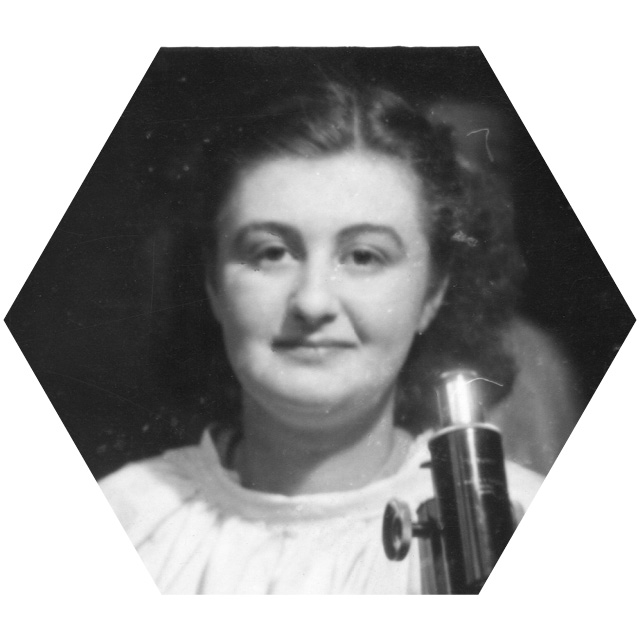June Almeida

June Almeida (1930 - 2007) grew up in a Glasgow tenement building and left school at 16 to become a lab technician at Glasgow Royal Infirmary. In 1954 she emigrated to Canada with her Venezuelan husband and took up a position as an electron microscopy technician at the Ontario Cancer Institute. Here she co-authored several papers relating to the visualised structures of viruses, a significant achievement for a woman with no formal qualifications.
June was recruited back to the UK by a visiting professor from St Thomas’ Hospital in London and continued to develop her career in diagnosing clinical specimens of viruses.
She pioneered the technique of immune elector microscopy, using antibodies to aggregate viruses to achieve better visualisation. capturing the first visualisation of the rubella virus, and revealing new insights into the structure of hepatitis A and B. She is perhaps best known for her identification of a new type of virus, responsible for human respiratory conditions. This virus was shown in electron microscopy images to be surrounded by a halo (corona in Latin), leading to the name “coronavirus”.
June was awarded a doctor of science degree based on her research publications and her pictures featured in most virology textbooks, despite this her name and story remained little known until a surge of interest in the coronavirus and who discovered them during the COVID-19 pandemic.

